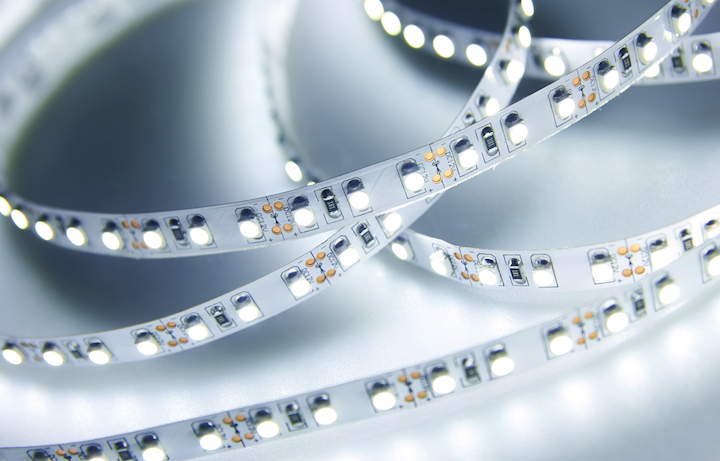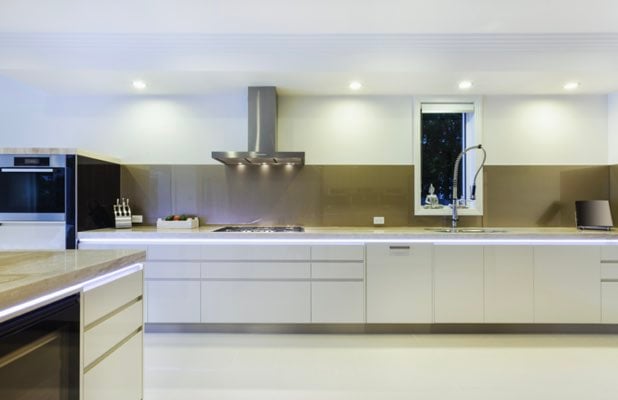
Developments in the lighting sector: a chat with Erica Turolla
The realisation of a lighting project implies the research and study of innovative technologies to develop avant-garde lighting solutions. This is what happens in the co-design between SLIM and Luxelt S.r.l., two realities that work synergistically to accompany their customers in the research and development of lighting projects with Made in Italy quality.
Thanks to the support of Erica Turolla, director of Luxelt, an Italian company with thirty years of experience in the electronics sector, we analyse some of the future scenarios of the lighting sector.
More specifically, in this article we will focus on:
- Luxelt: an overview of the company
- Developments in the lighting sector
- The partnership between Luxelt and SLIM
Do you want to know the basic steps for designing custom lighting fixtures? Click on the button below and find out the 7 most frequently asked questions when designing lighting fixtures.
Luxelt: an overview of the company
Good morning Erica, can you tell us about your role in Luxelt and give us some details about your company?
Luxelt was founded by me and my father, Giovanni Turolla, in 2009 and is made up of the electronics and lighting divisions, two areas that run on parallel tracks for us.
I have always been involved in the commercial side of the business, and over time I have also specialised in the more technical aspects of the subject. As of January 2022, there was a generational change within Luxelt and I was appointed administrator.
Which sectors does Luxelt operate in?
As mentioned above, the company has two divisions: electronics and lighting. To date, these sectors are interdependent because they could not survive without the expertise of electronics, especially LED lighting. Over the years, we have evolved by going deeper and deeper into lighting. In this sense, we have studied and experimented a lot and we are one of the first companies in Italy to have designed and produced circuits with LEDs very close together to give the effect of a continuous line of light, without dots. We have also entered the world of lighting for furniture and interior design: many companies have chosen to embrace Luxelt for this proposal.
Focusing on the lighting division, can you tell us how the lighting sector has changed in recent years? In which direction is it moving?
I believe that one cannot talk about developments in the lighting sector without referring to LEDs. Even today, one of the market trends is LED technology. The LED is a light source that saves energy and provides the opportunity to reduce costs. This is the overriding factor that has led to the development of the LED lighting market to the extent that it is today and has contributed to the demand for more and more innovation.
A great deal of research and development is going on around LEDs, with the aim of making this type of light source more and more efficient. Today, on this front, there is a focus on visual comfort: the importance of the well-being of the person using the end product incorporating the LED is increasingly highlighted. This shift has led to the development of spotless continuous light sources, the colour of which also covers a wide range of whites: e.g. natural white or warm white. In fact, today there is a trend towards warm, neutral whites that are more reminiscent of natural light.
Speaking of trends, what do you think are the current trends in the sector?
Many trends in the lighting industry refer to the LED: a light source with several advantageous features that make it a technologically advanced product.
LEDs are more flexible, they are a small light source, so they can be integrated into different types of products. In addition, thanks to their versatility, including colour, they respond to the designer's design creativity. They can be dimmed, increasing or decreasing the light intensity, and can be connected to other touch control systems, presence, optical or motion sensors. This leads us to talk about the first big trend concerning the IoT (Internet of Things): in the world of LED technology, a lot of work has been done in the field of domotics, with applications that, even remotely, can manage the switching on and off, but also possible effects and interactions with light.
Personalised management of light sources is possible with a view to making environments people-centred, which brings us back to the concept of Human Centric Lighting.
According to this trend, light is used in a way that respects the person: the focus is on the psychophysical well-being of the user, avoiding exposure to excessive or "bad" lighting. This aspect implies a skilful integration of artificial lights with daylight, whether we are talking about our own home or workplaces: we are looking for both the attenuation/limitation of light overexposure and the regulation of light with the application of light sensors in the rooms.
This all ties in with the very important issue of circadian rhythm and sleep-wake regulation, whereby light also affects the functioning of our brain and our general mental and physical well-being. Studies have been carried out, even on the first LEDs that emitted a very disturbing blue light, which have shown how important it is to pay attention to the selection of light sources, as the light must not impact abruptly on people and surfaces. In this sense, another trend we are witnessing in recent years is the search for ever smaller, discreet, thinner and more minimalist light sources.

The partnership between Luxelt and SLIM
The partnership between SLIM and Luxelt is focused on the development of new lighting products using state-of-the-art technology. What are the strengths of this collaboration?
The first strength is an exchange of demands and expertise between the two companies. There are situations in which there is a real sharing of know-how on electronics and light sources, which makes it possible to create an ad hoc product for SLIM's end customer. Typically, Luxelt supplies the electronic circuit and SLIM proceeds with the machining of the components that then allow the customer to install the product in their machine. For example, the microlight spotlight was developed from a specific request from a customer who needed a light source that was almost invisible within an 8 mm thickness. The challenge was to optimise LED sources, space, heat dissipation and optics, in order to achieve excellent light output with low power consumption in a very small space.
Another strength lies in the similarity of our company structures: we are both flexible and fast producers, which allows us to work together in the best possible way, providing prototypes of new products in the shortest possible time. Another characteristic that distinguishes us, and which we share with SLIM, is our specialisation in the production of custom-made products, and for this reason, we are in sync. SLIM has allowed us to work in the world of electronics combined with the world of LEDs for custom devices. We work together on "tailored" projects for customers who have a specific technological or lighting requirement, we try to solve critical issues and propose technological and ad hoc solutions.
We would like to thank Erica Turolla for this valuable contribution!
To learn more about the solutions developed by SLIM and Luxelt, read the article The LED microcircuit for innovative lighting solutions.
If you would like to keep up to date with the latest news on SLIM application areas and light signalling products, click on the button below and subscribe to our newsletter!

